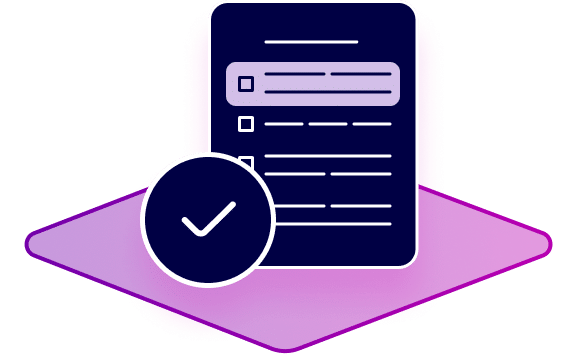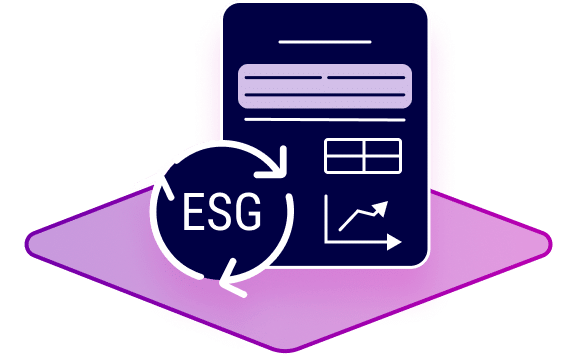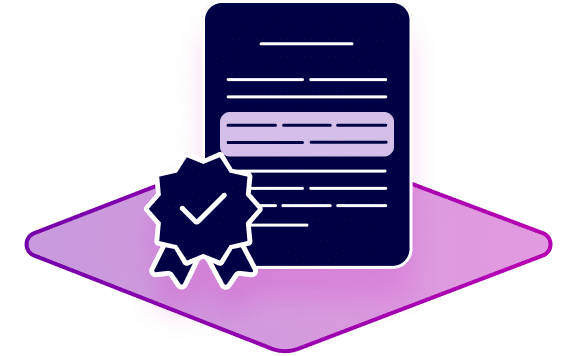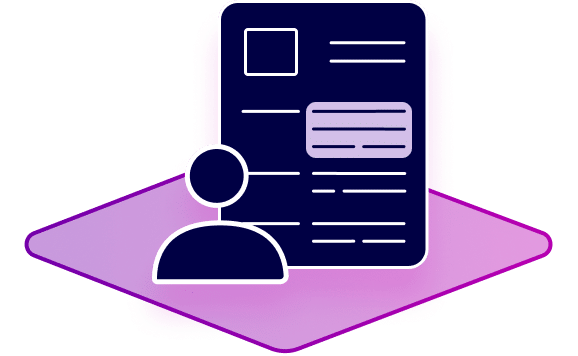
Artificial intelligence – How it works and could transform companies
German business leaders are slowly realizing: Companies that don’t integrate artificial intelligence (AI) into their business model will lose out in the future. However, the expansion of AI in companies is making slow progress. This is also because there is still a lack of knowledge and therefore skepticism. What is AI actually? How does artificial intelligence work and where can AI be used in companies to add value? Let’s take a closer look.
Artificial intelligence: A definition
There is no one standard definition of artificial intelligence (AI). This is because the very concept of intelligence is not consistently defined by science. However, there is agreement on the concept’s essence. So what is artificial intelligence?
Artificial intelligence refers to computer applications that, with the help of algorithms, are able to independently solve tasks which previously required human intelligence. AI systems can respond appropriately to unknown situations because they learn from their experiences, store and retrieve knowledge. The two most well-known methods to create artificial intelligence are machine learning and deep learning.

Two types of artificial intelligence
So far, AI applications can only handle problems in very narrow fields. There are programs that monitor metrics and control machines. However, these AI applications could neither recognize images nor process language. This is why AI is also called Weak or Narrow AI.
Since many tasks require different cognitive processes, individual AI components must be combined in AI applications to solve more complex tasks. For example, for smart document processing, text and image recognition is combined with natural language processing.
Despite the possibility of combining different AI forms, we are far from creating intelligent systems that can adapt to their environment as flexibly as humans. Such General or Strong AI, a universal artificial intelligence, is pure science fiction right now. How realistic it is for AI to develop to this level at all is controversial in the scientific community.
How does artificial intelligence work?
Artificial intelligence is an umbrella term for various processes. Therefore, there is no definitive answer to how artificial intelligence works. However, the best-known methods for simulating intelligence are machine learning and deep learning.
Machine Learning
In machine learning (ML), algorithms are programmed to recognize patterns in large data sets. For this purpose, algorithms search data for similarities using structure trees or vectors. The larger the database, the better the results. As people check and correct the outcome, algorithms learn which data they have classified incorrectly and which correctly. As a result, not only the quality of the findings improves, but also the efficiency of the systems. In some cases, machine learning algorithms are also able to review their decision criteria themselves based on their results and improve their approach.
Typical examples of such ML applications are for instance the many personalized recommendations online services like Netflix and Amazon present to their customers. With each purchase or like, users feed the system with information about which recommendations are fitting. In this way, the application gets to know the customer’s preferences better and better.
Deep Learning
While machine learning follows the mathematical way of thinking, deep learning is inspired by biology. These AI systems consist of artificial neural networks that are modeled after the way the human brain works.
Depending on how complex a task is, the networks consist of several layers with many neurons, which are passed through one after the other and sometimes in iterations. Each layer solves a subproblem.
For example, if a deep learning system is to recognize cats in photographs, many individual features must be correctly classified so that not every furry animal is identified as a cat. In the first layer of a neural network, the system could detect the contours on a picture, in the second layer it could evaluate the shapes of these contours, and in a third layer it could classify details such as eyes and ears to finally arrive at the result: There is a cat in the picture.
The great advantage of deep learning: Developers do not need to know the exact solution path from input to desired output. They don’t need to know which variables to analyze. The deep learning systems recognize by autonomous learning which factors are relevant and how they are to be weighted to produce the desired outcome. Humans simply need to provide feedback to the systems as to whether their results were correct or not. In some cases, not even this is necessary. The term deep learning alludes to this deep abstraction between input and output data.
Artificial intelligence: How widely used is it in companies in Germany?
The practical applications of artificial intelligence are manifold. Want to improve the quality of food? Process administrative applications faster? Detect diseases earlier? All of this is already possible today with the help of artificial intelligence.
Read our article on AI applications in companies for further practical examples.
In the future, AI will play a key role in more and more areas of life and will profoundly change our economy and society. The German government therefore adopted a national AI strategy in 2018 to promote research on AI in Germany and establish “AI made in Germany” as a global seal of quality.
Although Germany achieved the top position in Bloomberg’s 2020 global innovation ranking, the implementation of artificial intelligence in German companies is proceeding slowly. The German AI Association blames politics in part for this, saying it does not sufficiently promote AI education and application.
However, the Corona pandemic has led to a surge in innovation: according to a Bitkom survey, only 2 percent of companies had AI solutions in place in 2019, but by the beginning of 2021 that figure had risen to 8 percent. 30 percent are planning or discussing an implementation.
Advantages and disadvantages of artificial intelligence at a glance
Germany is a country of tech skeptics. In the past, the critical voices that AI endangers jobs and can slip beyond human control were particularly loud in our country.
The fact that they are now becoming quieter and that even initially critical decision-makers are now in favor of using AI is due to the growing number of reference projects. Artificial intelligence holds both opportunities and risks. Like any technology. In its current form, however, the benefits of AI outweigh the risks by far. Not only does it enable massive efficiency gains, but it can also help address major challenges of our time such as climate change, global population growth and diseases of civilization.
Advantages of AI
- Automation of repetitive and previously time-consuming tasks frees up time for creative thinking and innovative work
- AI can optimize processes in ways that reduce labor costs and increase productivity (by up to 37% according to the EU AI Report)
- In some areas, labor costs decrease as tasks can be fully automated
- New jobs are created in which human qualities get special attention or which require collaboration with AI
- Companies gain detailed insights into customer behavior and preferences thanks to AI, enabling them to take pinpoint actions to increase revenue per customer (customer lifetime value)
- Artificial intelligence offers founders the opportunity for numerous new business models
- Established companies can transform and expand their business model using AI to strengthen their market position
- The quality of customer service increases as simple concerns are answered immediately by chat bots, leaving human employees more time to provide individualized customer care
Disadvantages of AI
- The need for qualified employees who are proficient in using AI increases, which can drive up recruiting costs
- The need for in-house training and further education increases; if investments are not made in time, this can hinder innovation
- Investments in AI systems initially put a strain on the budget, ongoing costs for transforming company processes must be planned for
- The advantages of AI only become manifest when suitable use cases and appropriate technologies are combined
By taking a structured and step-by-step approach to introducing AI, companies can usually manage the potential risks very effectively.
Conclusion: Now is the right time to invest in AI

With artificial intelligence, digital transformation is entering its next evolutionary stage. Yet AI is neither a panacea nor an existential threat. How AI impacts economy and society is in our own hands.
What is certain is that the performance of AI systems has increased exponentially in recent years and that their expansion is also proceeding at a rapid pace. For companies, therefore, implementing the technology is not just an opportunity, but an obligation. They must integrate artificial intelligence into their business model or transform it to make it AI-oriented if they want to maintain their market position in the future. Because it is only a matter of time before their competitors discover and exploit the advantages for themselves. Then the question will no longer be whether AI is used, but: Who is using AI more skillfully?
To integrate artificial intelligence into business processes in a way that adds value, companies must, however, have reached a certain level of digital maturity. If they are still in the early stages, decision-makers should make digital transformation a top priority. In any case, excessively high costs are no longer a reason not to look into AI. First, AI technology is becoming more and more affordable. Second, even small and medium-sized companies can now afford the competitive advantage of artificial intelligence thanks to standardized applications and frameworks.
So, what should you look out for when introducing AI into your organization? You can read the answers in our article on best practices for successful AI projects.












